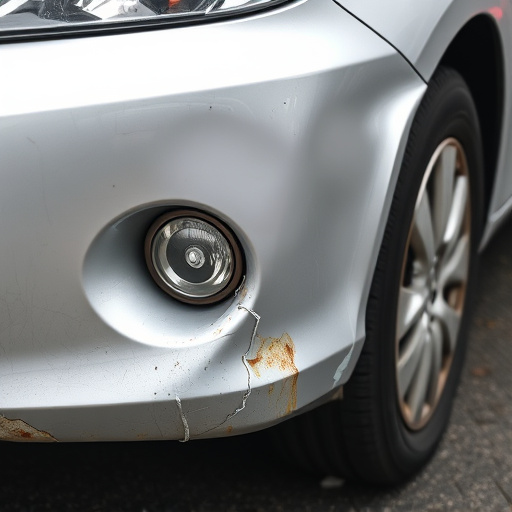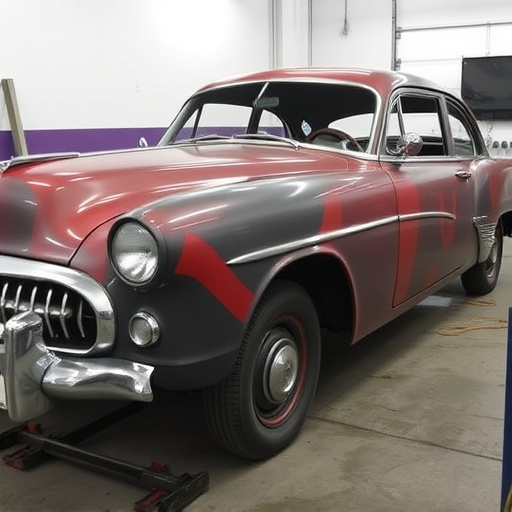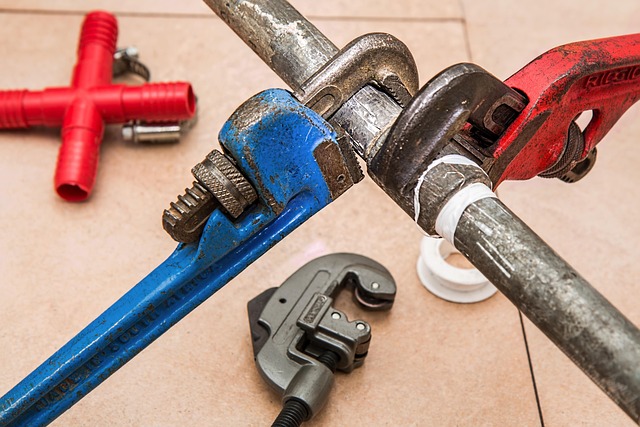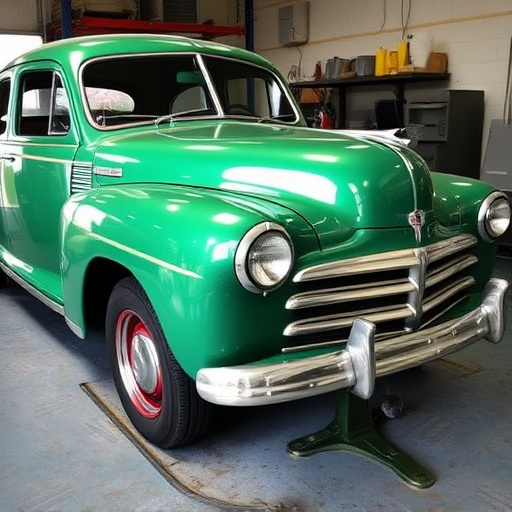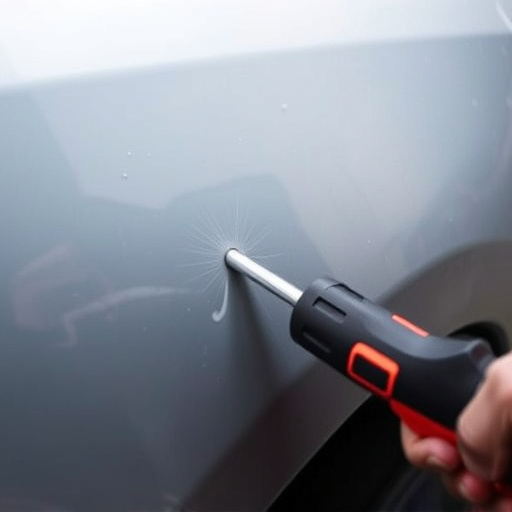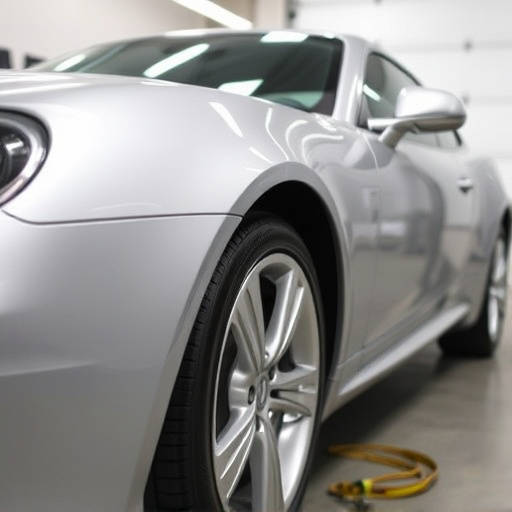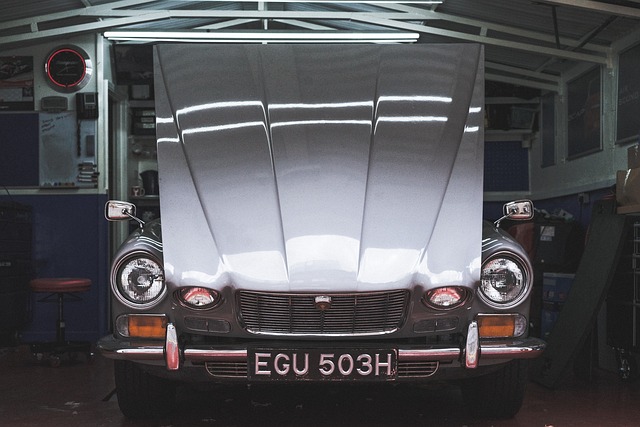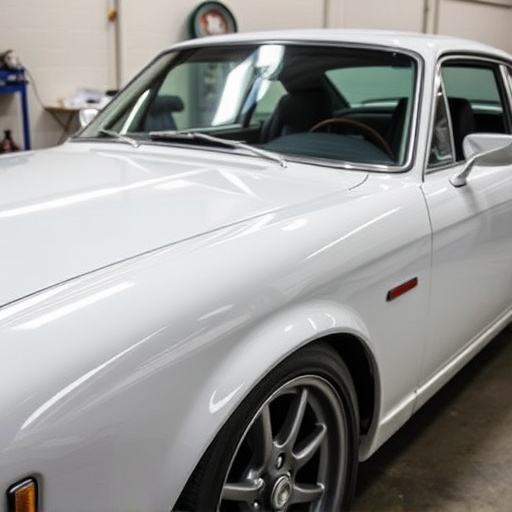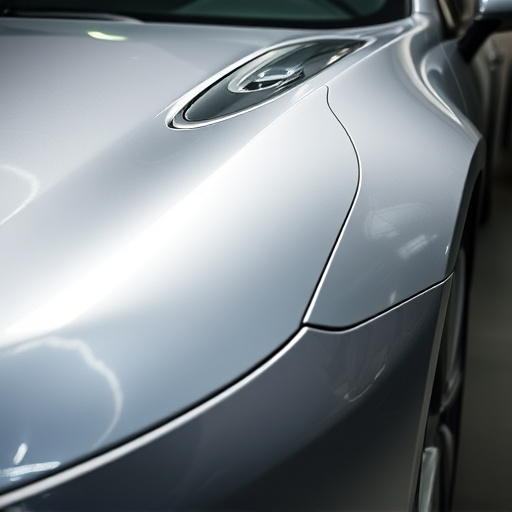The Mercedes Rollover Protection System (RPS) is a state-of-the-art safety feature that combines specialized airbags and reinforced chassis to protect occupants in rollovers. Rigorously tested by certified shops using simulations, crash tests, and paintless dent repair, RPS enhances structural integrity while preserving aesthetics. Extensive real-world validation ensures its effectiveness in preventing severe injuries or fatalities during hazardous accidents, showcasing Mercedes' commitment to passenger security with advanced technology.
Mercedes-Benz is renowned for its cutting-edge safety technology, and at the forefront is the brand’s Rollover Protection System (RPS). This innovative feature has undergone rigorous testing and validation, ensuring it meets the highest safety standards. In this article, we delve into the mechanics of the Mercedes RPS, explore the methodology behind safety system checks, and examine the profound impact it has on passenger protection during potential rollovers.
- Understanding Mercedes Rollover Protection System
- Safety System Checks: Methodology and Validation
- Impact of Rollover Protection on Passenger Safety
Understanding Mercedes Rollover Protection System

The Mercedes Rollover Protection System (RPS) is a sophisticated safety feature designed to protect occupants in the event of a vehicle rollover. This system works by deploying specialized airbags and reinforcing structures within the vehicle’s chassis, helping to minimize the risk of severe injuries during such accidents. The RPS is particularly crucial for Mercedes Benz vehicles known for their luxury and performance, as it enhances overall crash protection without compromising on driving dynamics.
During safety system checks, automotive body shops specializing in mercedes benz repair thoroughly inspect and validate the functionality of the RPS. This process involves rigorous testing to ensure the system’s sensors, control units, and deployment mechanisms operate seamlessly. Paintless dent repair techniques can also play a role in maintaining the vehicle’s structural integrity while preserving its aesthetic appeal after any necessary adjustments or replacements following a rollover incident.
Safety System Checks: Methodology and Validation

Mercedes rollover protection systems are subject to rigorous safety system checks that validate their effectiveness and reliability. These checks involve a multi-stage process, commencing with comprehensive simulations designed to replicate extreme scenarios. Engineers utilize advanced computer models to predict the behavior of the vehicle during rollovers, ensuring the Mercedes rollover protection system functions as intended under various conditions. This computational analysis is crucial in identifying potential weaknesses or areas for improvement before physical testing.
Following simulation, real-world validation takes place through dynamic and static crash tests. Dynamic tests simulate actual driving conditions, while static tests assess the structural integrity of the vehicle bodywork. These tests not only confirm the system’s ability to protect occupants during a rollover but also ensure that any components, including those involved in automotive repair or scratch repair, are robust enough to withstand such incidents. The integration of advanced safety systems like Mercedes rollover protection is a testament to the industry’s continuous efforts to enhance passenger security on the road.
Impact of Rollover Protection on Passenger Safety

Mercedes rollover protection systems are designed to significantly enhance passenger safety during potential rollovers, which are among the most dangerous types of vehicle accidents. These advanced safety features work by providing structural integrity and energy absorption in case of an overturn, reducing the risk of severe injuries or fatalities. By distributing crash forces across a larger area, the system helps protect occupants from impacts with the ground or interior fixtures.
In the event of a fender bender or minor collision, proper rollover protection can prevent what might otherwise be catastrophic car damage repair needs. It’s not just about metal and glass; it’s about safeguarding lives. The Mercedes rollover protection system, thoroughly validated during safety system checks, is a prime example of how automotive manufacturers are leveraging cutting-edge technology to ensure that drivers and passengers remain safe, even in the most unexpected situations.
The rigorous testing and validation of the Mercedes Rollover Protection System (RPS) underscore its crucial role in enhancing passenger safety. By employing advanced engineering and comprehensive safety system checks, Mercedes has demonstrated that their RPS effectively mitigates the risks associated with rollovers. This not only reinforces the brand’s commitment to innovation but also ensures that drivers and passengers alike remain protected on the road. The impact of such systems is profound, as they contribute significantly to accident prevention and passenger survival rates.
